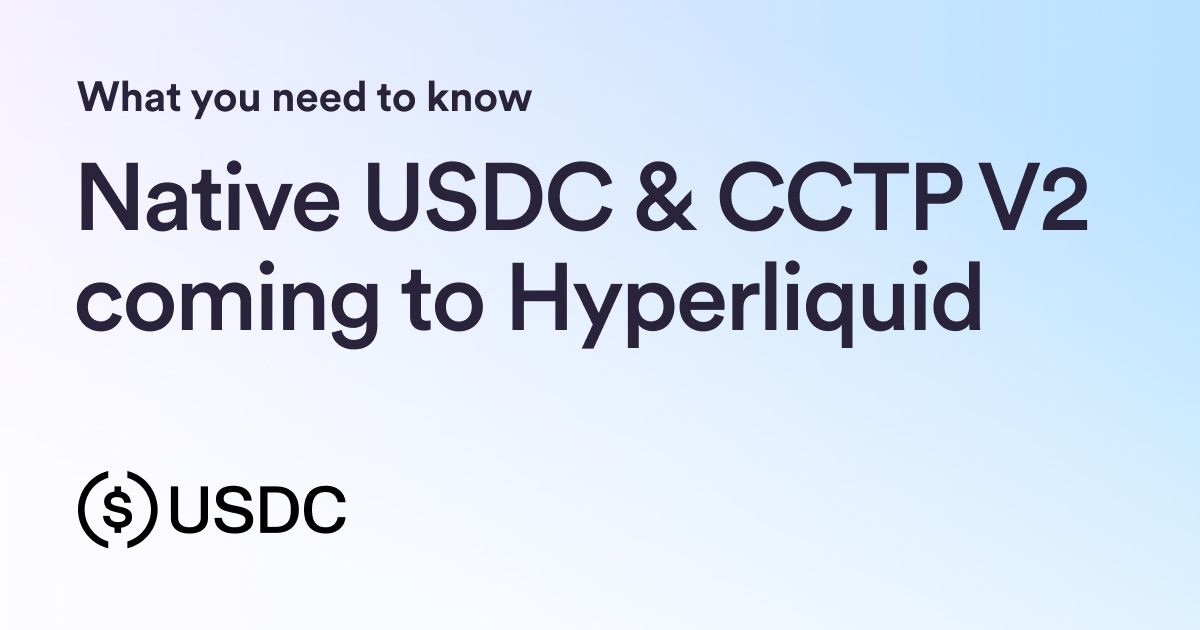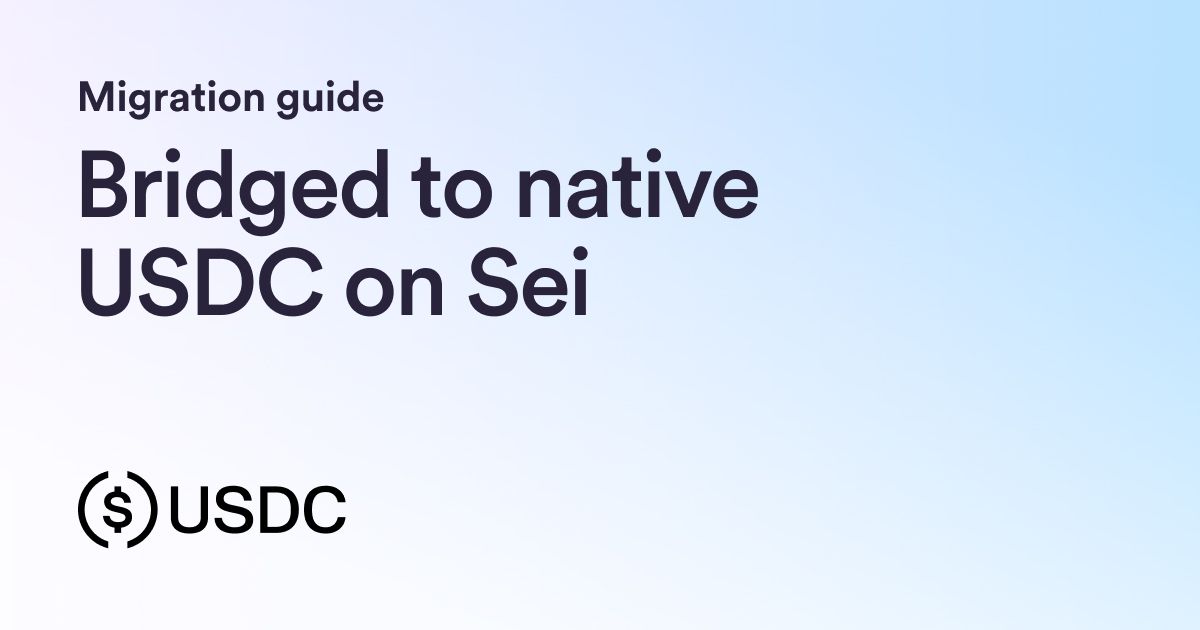B2B cross-border payments can be expensive and slow. Learn how cross-border payment solutions using USDC can make them faster and more efficient.

Cross-border payments have become a part of daily operations, with businesses set to send an estimated $40 trillion in international B2B transactions in 2024.1 As the world becomes more connected, B2B cross-border payments are expected to continue to increase.
However, the speed and efficiency of cross-border payments are not equal around the world. Fees on B2B cross-border payments can range from 1.5% to 2.9% of the value of the funds being sent.2 The World Bank also found that the average cost of sending cross-border remittances was greater than 6% on average, and nearly half of remittance payments take an average of more than 24 hours to arrive in regions like Asia and the Middle East.3
Global organizations may also need to consider using contractors or freelancers to support their business, with 22% of companies surveyed reporting they had used remote-work freelancers based outside their national borders.4 Stablecoins like USDC offer these businesses an efficient and cost-effective way for contractors and freelancers to be paid across borders.
A Zero Hash survey found that bank transfers and fintech apps account for 88% of freelancer payments, and 48% said they typically had to wait three days or more to receive cross-border payouts.5 81% of respondents also said they were interested in simple crypto payouts using stablecoins like USDC, so businesses that pay with USDC may have an advantage in attracting top talent around the globe.
How can USDC benefit businesses and their users sending cross-border payments?
Stablecoins, like USDC, offer an alternative payment rail for making cross-border business payments that can help lower the cost and increase the speed of sending money globally. USDC payments can settle in seconds globally, 24/7, without exceptions for weekends, evenings, holidays, or other times traditional banking services are not available.
USDC uses blockchain technology to send money directly between digital wallets, so transfers don’t have to move between multiple banks or be converted back and forth between currencies before being delivered. At the same time, blockchains create a tamper-resistant record of each transaction, allowing businesses to follow the progress of transactions in real time. By reducing the number of intermediaries involved in each transaction and speeding up the delivery of funds, using USDC for cross-border payments can help businesses lower costs and move money more efficiently.
Providing access to dollars can also be a valuable service for businesses to offer their customers. Holding dollars can allow those in countries with high inflation to preserve more of their wealth, or to use the blockchain or neobanks to access financial services that were previously out of reach.
Global remittances are another large source of demand for global cross border payments. The World Bank found global remittance payments totaled more than $669 billion in 2023,6 and one in every eight Americans have sent money abroad in the past year.7 Businesses can use USDC to facilitate these transfers at a lower cost, helping increase revenue and offer lowers fees to customers in this growing cross-border payments use case.
How USDC cross-border payment solutions work
To access USDC, businesses can sign up for a Circle Mint account that allows them to convert USD into USDC, and USDC back into fiat with ease. Businesses that do not have a Circle Mint account but still want to use digital dollars for cross-border payments can get USDC through a local or global digital currency exchange. Many businesses are already using USDC as a cost-effective option and take advantage of digital dollars:
- Wallets like Lemon allow customers to buy USDC with local Argentine pesos and hold it on the exchange or transfer it to a digital wallet. Lemon customers can then use a VISA pre-paid card linked to their exchange account that converts USDC to local currency when making everyday purchases. This service allows Lemon’s customers to hold value in more stable digital dollars, but still easily spend or move their savings without added complexity.
- Félix makes it easy for customers to send money using the Whatsapp messaging service to friends and family in different countries using USDC as an alternative to cross-border SWIFT payments. By taking advantage of stablecoins and blockchain infrastructure, Félix saves on cross-border payment costs and can offer lower fees to customers when sending money from the US to many countries in Latin America.
- Airtm8 also uses USDC to power their cross-border remittances, giving businesses a simple platform for sending USDC to workers, and providing a variety of physical and digital exchange options for recipients to convert USDC to their local currency. Airtm helped businesses and contractors save an average of 35% on cross-border payouts using blockchain infrastructure and USDC.
Zero Hash found that more than 90% of global freelancers said they would want to receive a portion of their income in crypto or stablecoins like USDC. As more workers and contractors spread out across the world, USDC cross-border payments could help businesses attract top talent and pay them quickly and efficiently.
Businesses are using USDC for cross-border transactions every day, moving money faster and at a lower cost than traditional payments systems in many regions around the world. As global trade and blockchain-based financial services continue to expand, cross-border USDC payments solutions could help your business compete and grow.
Money is now open for business. Learn more about cross-border payment solutions.
1 Juniper Research, “Cross-Border B2B Payments to Surpass $40 Trillion Globally by 2024”, Last Accessed June 30, 2024
2 FSB, “Annual Progress Report on Meeting the Targets for Cross-border Payments”, Last accessed June 30, 2024
3 The World Bank, “Remittance Prices Worldwide Quarterly”, Last accessed June 30, 2024
4 KPMG, “Current trends in remote working”, Last accessed June 30, 2024
5 Zero Hash, “Freelancer Freedom: Enabling payments for the modern workforce”, Last accessed June 30, 2024
6 The World Bank, “Remittance Flows Continue to Grow in 2023 Albeit at Slower Pace”, Last accessed June 30, 2024
7 Coinbase, “Update the System”, Last accessed June 30, 2024
8 Circle Ventures, an affiliate of Circle Internet Financial, LLC, has invested in Airtm.




